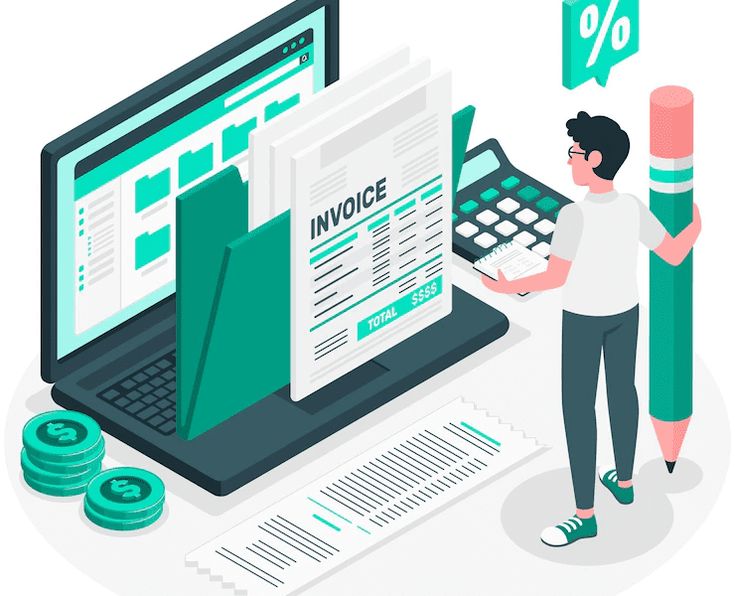Budgeting may sound daunting, but it’s one of the most powerful tools for a small business owner. A well-planned budget helps you control spending, allocate resources effectively, and prepare for unexpected challenges. In this guide, we’ll show you how to create a business budget that sets your company up for long-term success.
Why Your Small Business Needs a Budget
A budget is more than just numbers on a spreadsheet—it’s your financial blueprint. It provides insight into your business’s performance and future direction. Here’s how a budget can help you:
- Control Spending: Manage cash flow and avoid unnecessary expenses.
- Plan for Growth: Identify the right time to invest in new equipment or hire staff.
- Prepare for the Unexpected: Build a financial cushion for emergencies.
- Track Profitability: Monitor profits and identify areas for improvement.
Key Components of a Business Budget
- Revenue Calculation
Start by calculating your total revenue. If you’re a new business, research industry standards to set realistic projections. Established businesses can use the past 12 months’ data as a baseline. - Fixed and Variable Costs
Divide expenses into two categories: -
- Fixed Costs: These stay constant, like rent, insurance, and salaries.
- Variable Costs: These fluctuate, such as marketing, raw materials, and utilities
- Estimate Your Profit
Subtract total expenses from revenue to determine profitability. If the result is negative, revisit your expenses and find areas to cut back. - Create a Just-in-Case Fund
Business is unpredictable. Set aside funds for emergencies like equipment repairs or sudden market shifts.
Types of Business Budgets You Should Know
- Master Budget: Combines all financial aspects to provide a big-picture view of your strategy.
- Operating Budget: Focuses on projected revenue and expenses, like a future profit and loss report.
- Cash Flow Budget: Tracks incoming and outgoing cash to avoid running out of funds.
- Capital Budget: Helps plan for major investments, such as machinery or technology upgrades.
- Labor Budget: Estimates payroll costs for full-time, temporary, and seasonal staff.
Budgeting Methods for Small Businesses
- Incremental Budgeting: Adjusts your current budget based on inflation or minor changes.
- Zero-Based Budgeting: Starts from zero and justifies every expense—ideal for cutting costs.
- Activity-Based Budgeting: Focuses on the costs of specific activities needed to reach business goals.
- Participative Budgeting: Involves input from different management levels to encourage collaboration.
6 Simple Steps to Build Your Business Budget
- Research Industry Standards: Learn how similar businesses allocate their expenses.
- Create a Spreadsheet: Track your revenue and expenses to identify spending patterns.
- Factor in a Safety Net: Allow room for unexpected costs or revenue fluctuations.
- Cut Costs Where Possible: Regularly review spending and negotiate better rates with suppliers.
- Update Your Budget Regularly: Adjust your budget monthly or quarterly to reflect changes in business conditions.
- Shop Around: Always look for cost-effective suppliers or service providers.
A business budget is more than just a document—it’s a management tool. Use it to run scenarios and make strategic decisions.
- What happens if sales increase by 20%?
- How would a price increase on raw materials affect your bottom line?
- Can you afford to hire additional staff?
These exercises will help you plan for growth, manage risks, and stay financially healthy.

Final Thoughts
A well-crafted budget empowers you to take control of your business’s financial health. It’s not just about tracking expenses—it’s about setting goals and achieving them. Stay proactive, review your budget regularly, and seek advice from financial experts when needed. With a solid budget, your business will be better positioned to grow and thrive.



